Needle Hakea,
Silver Needlewood,
Needle Bush
Display all 14 images
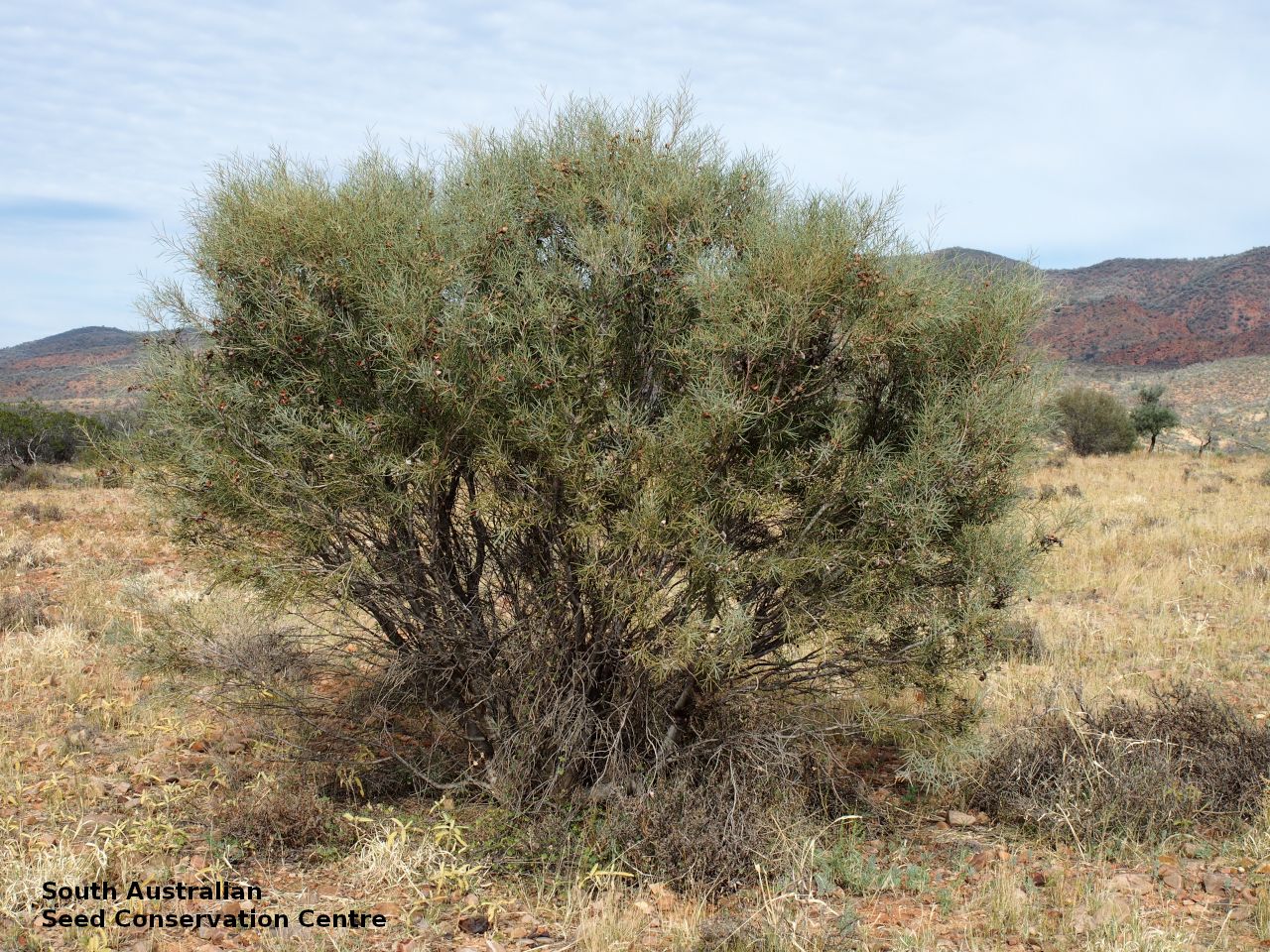
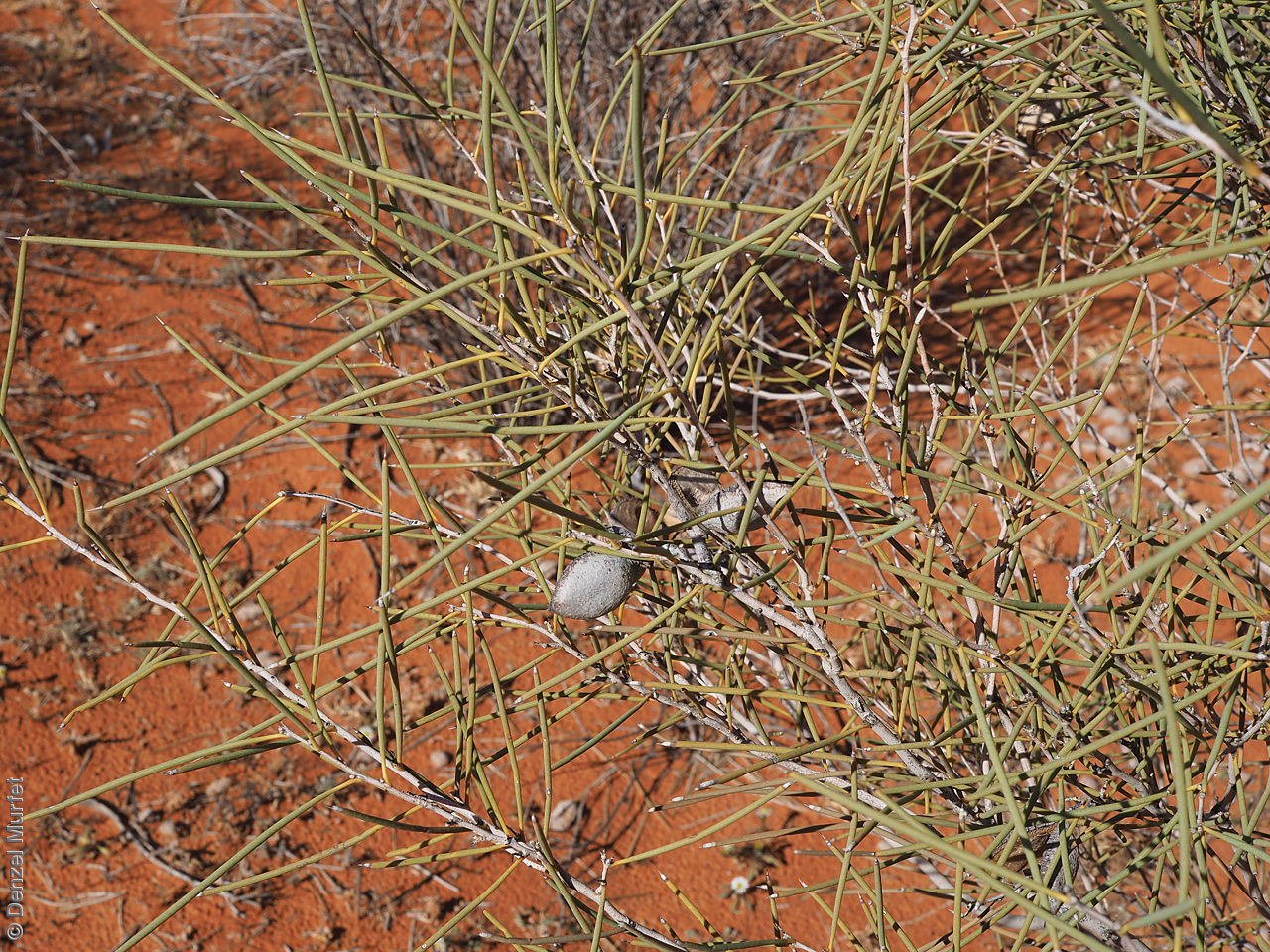
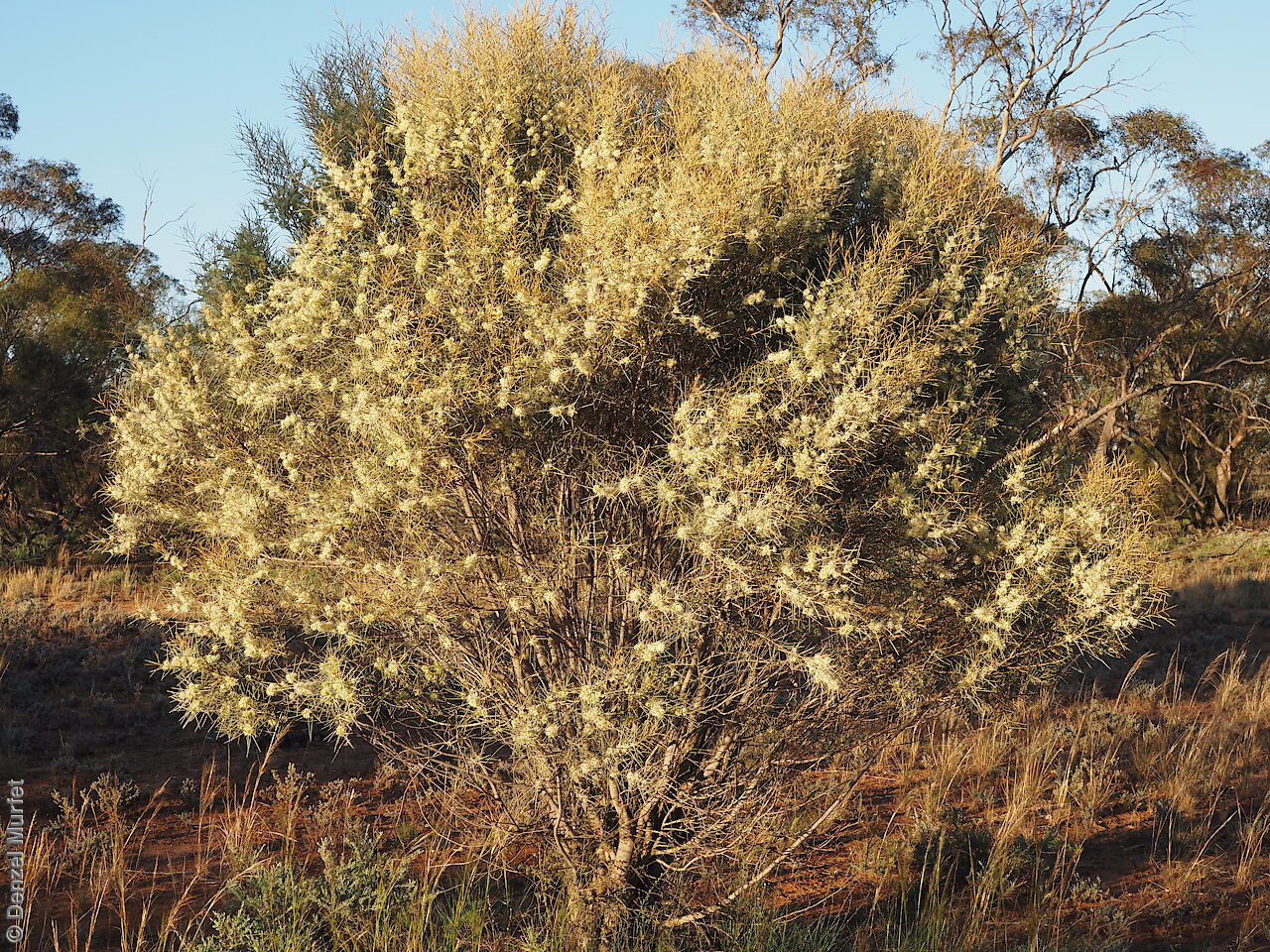
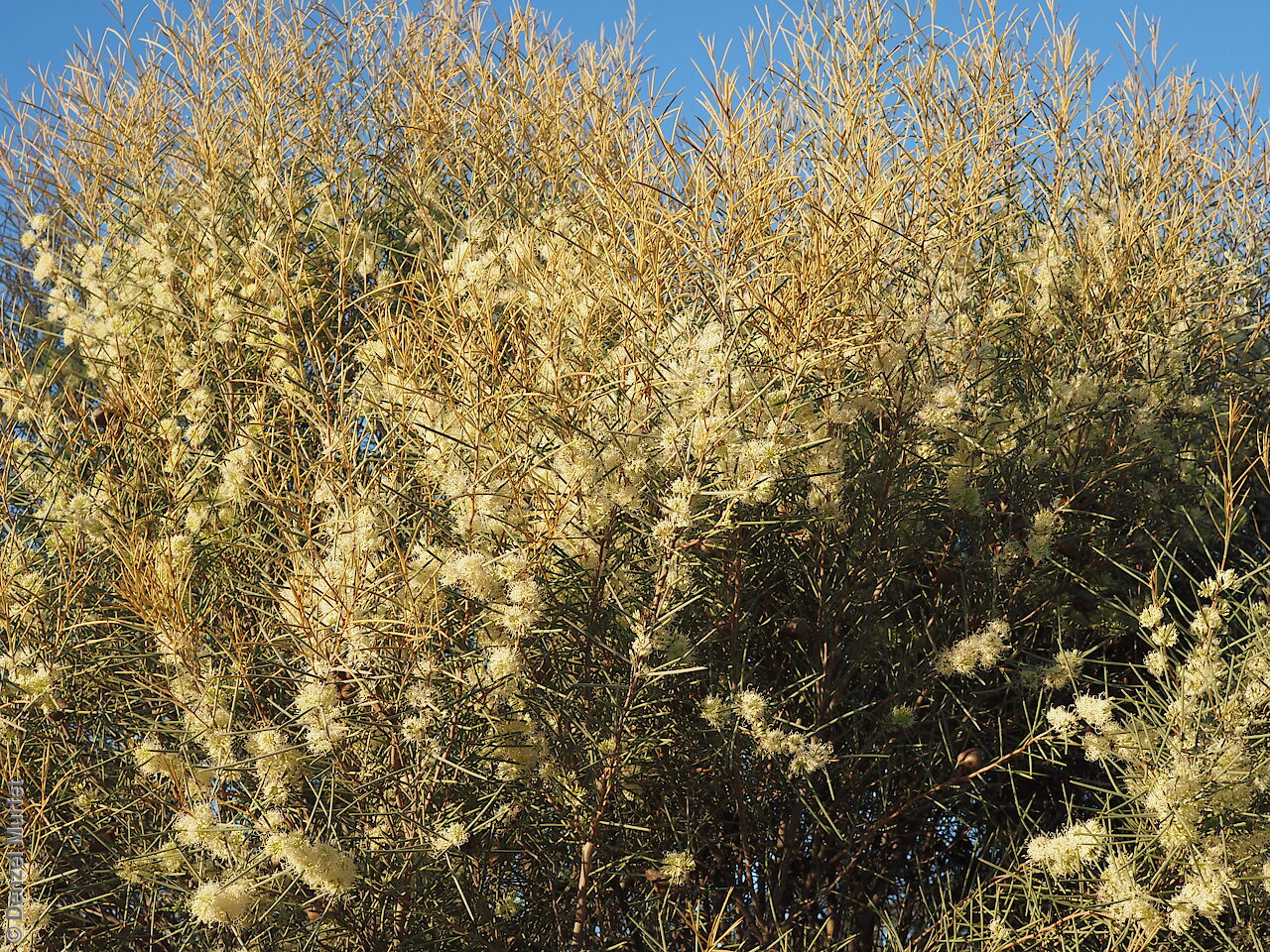
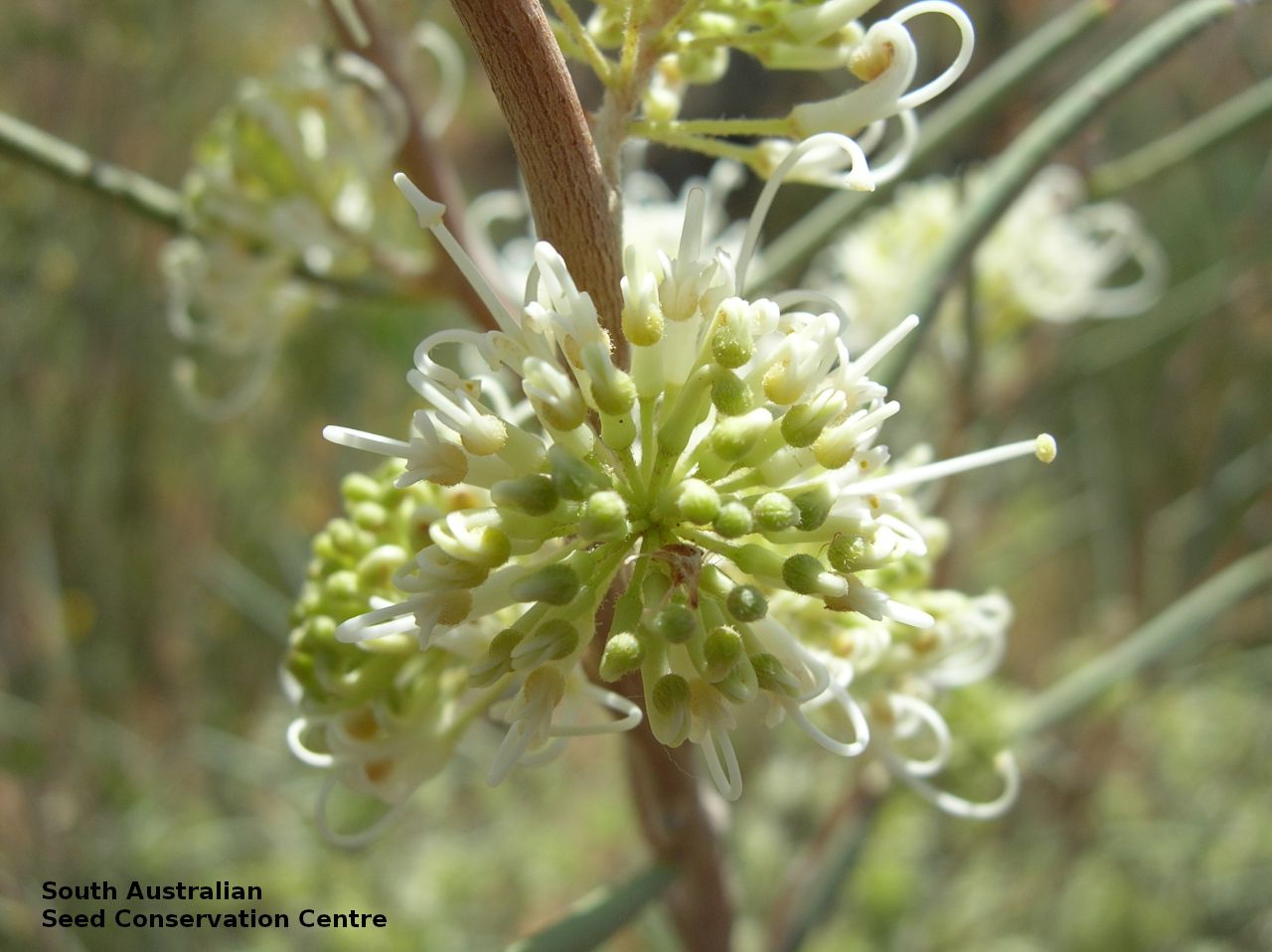
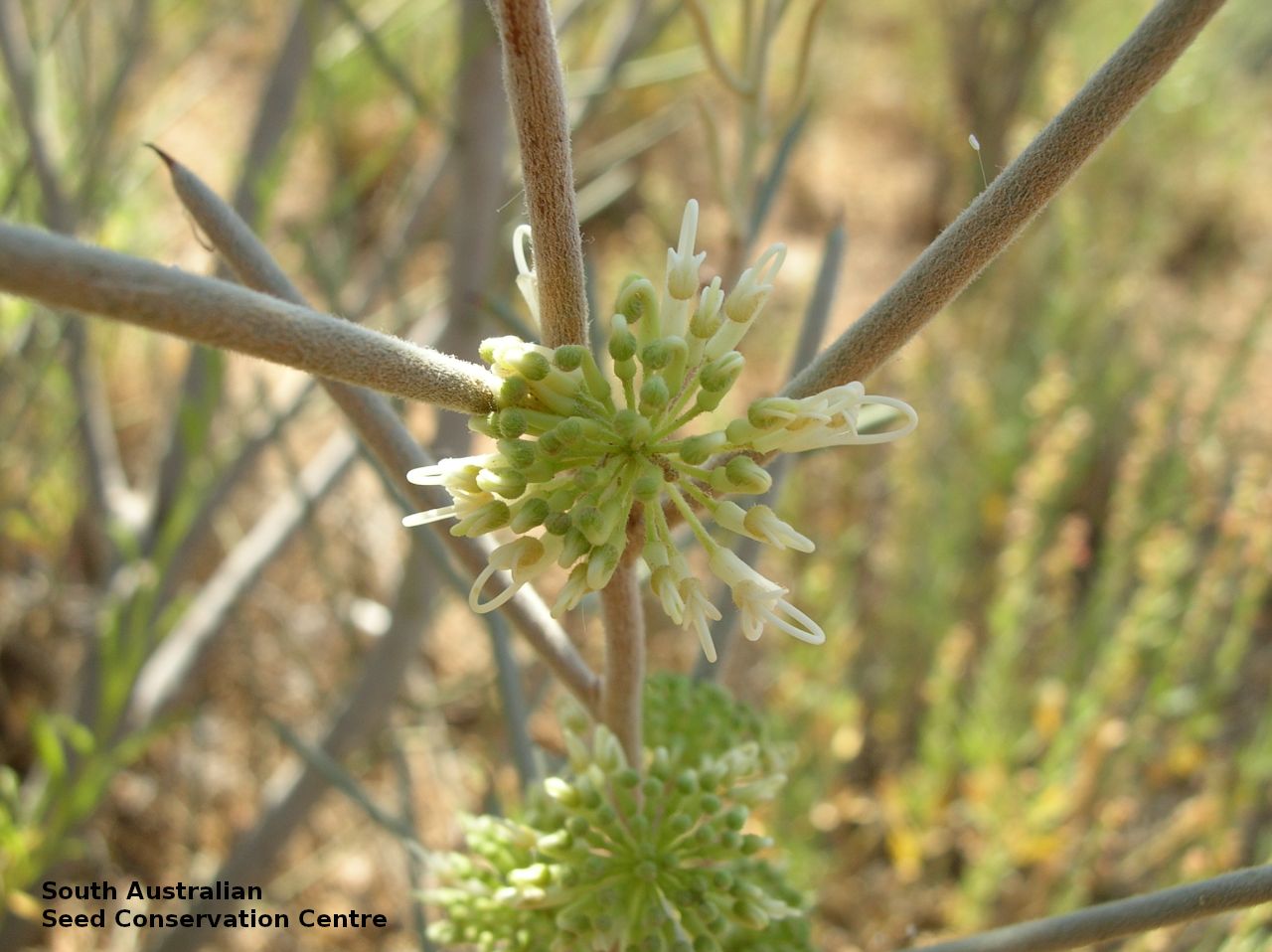
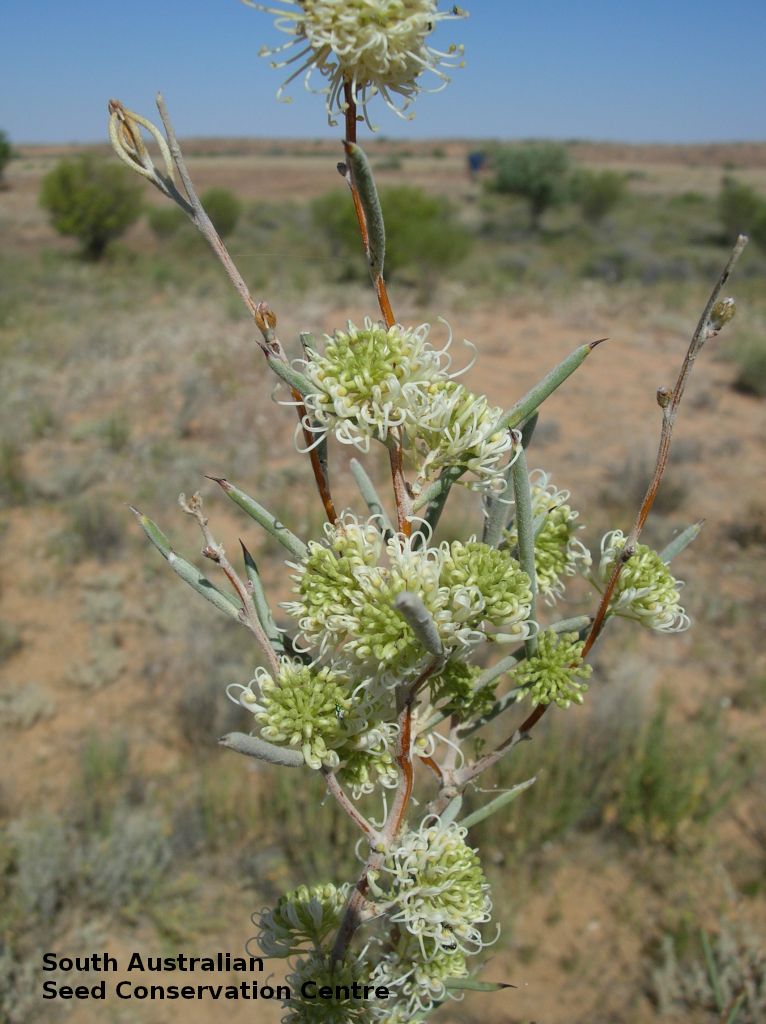
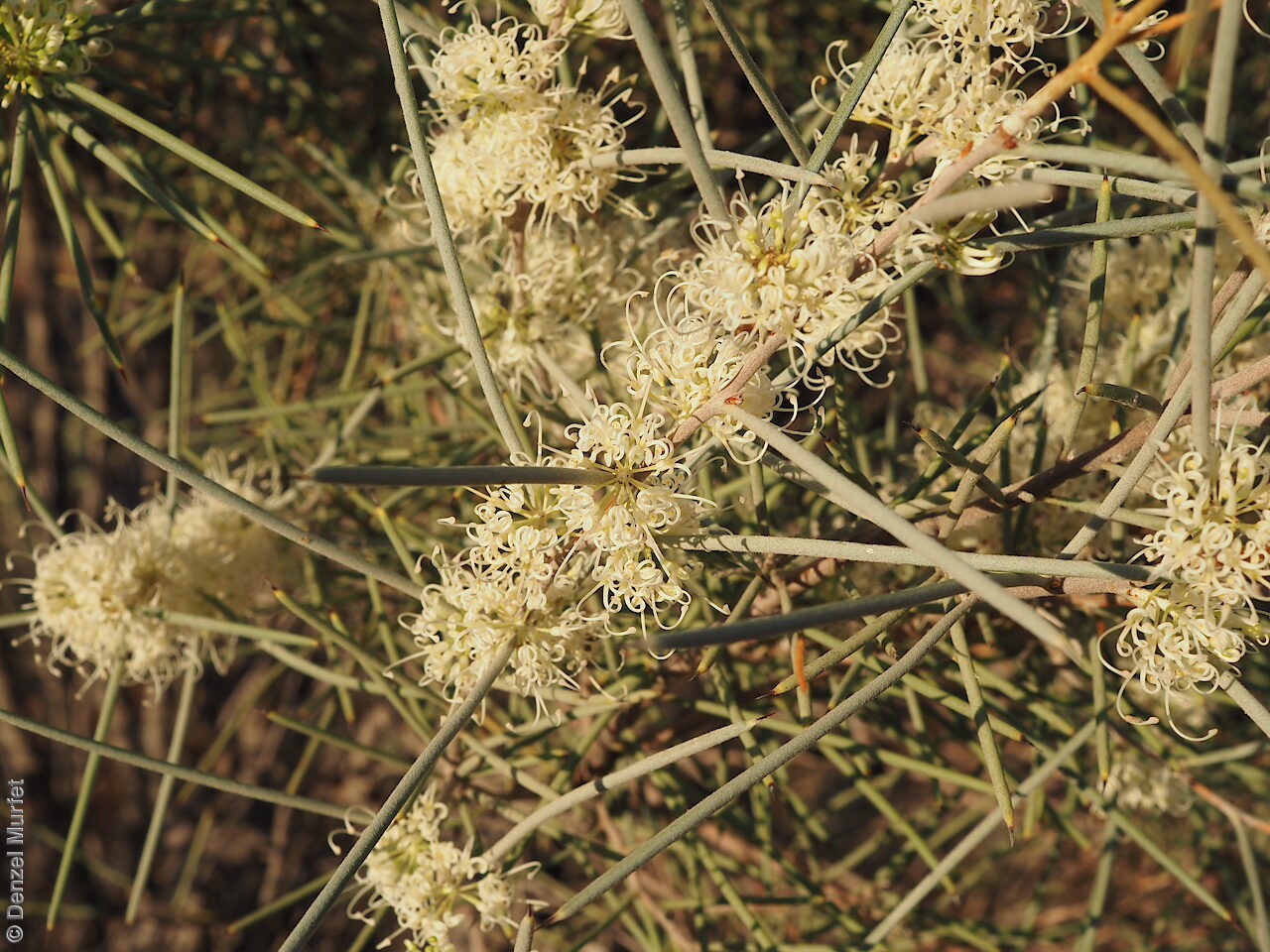
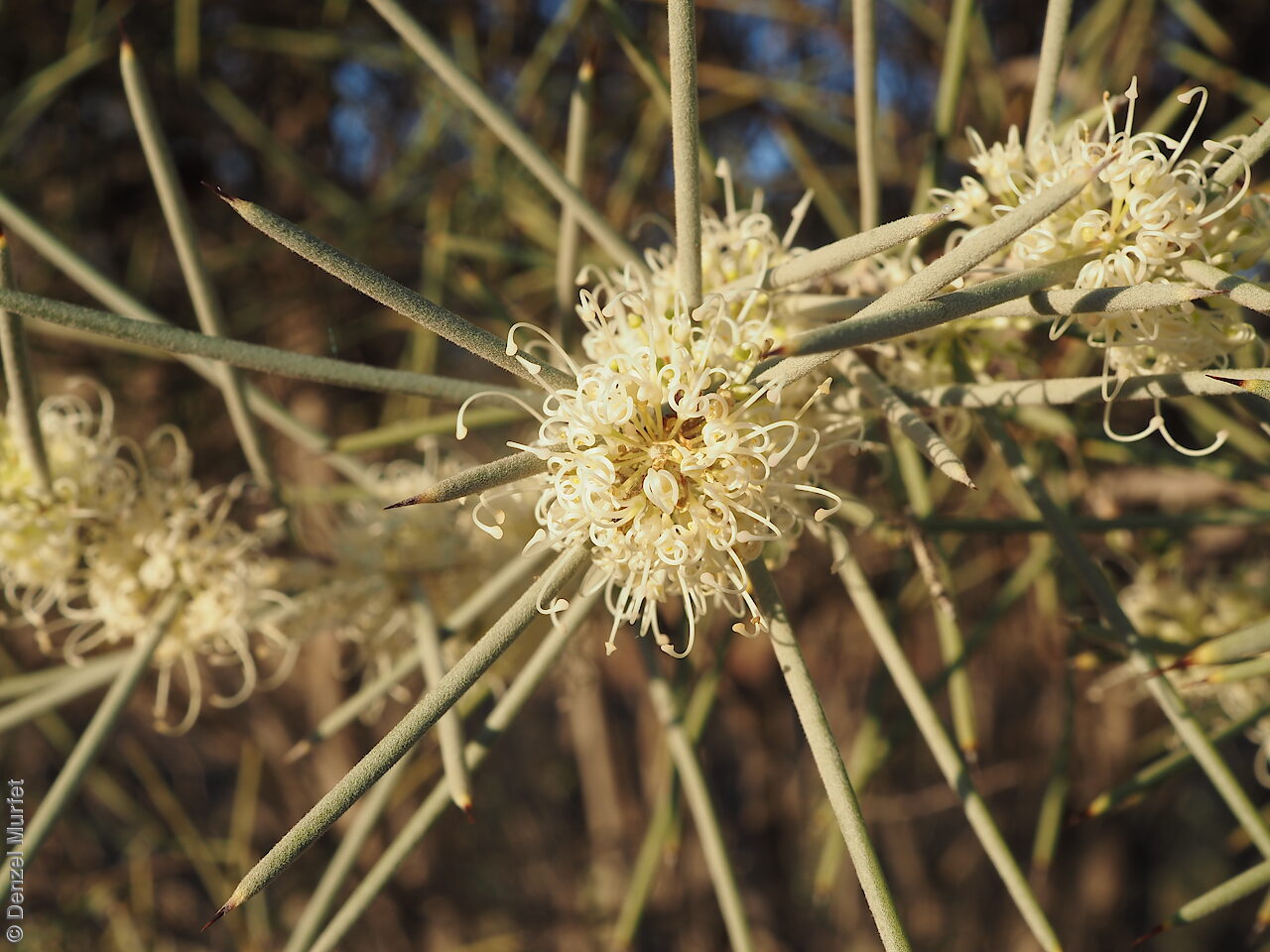
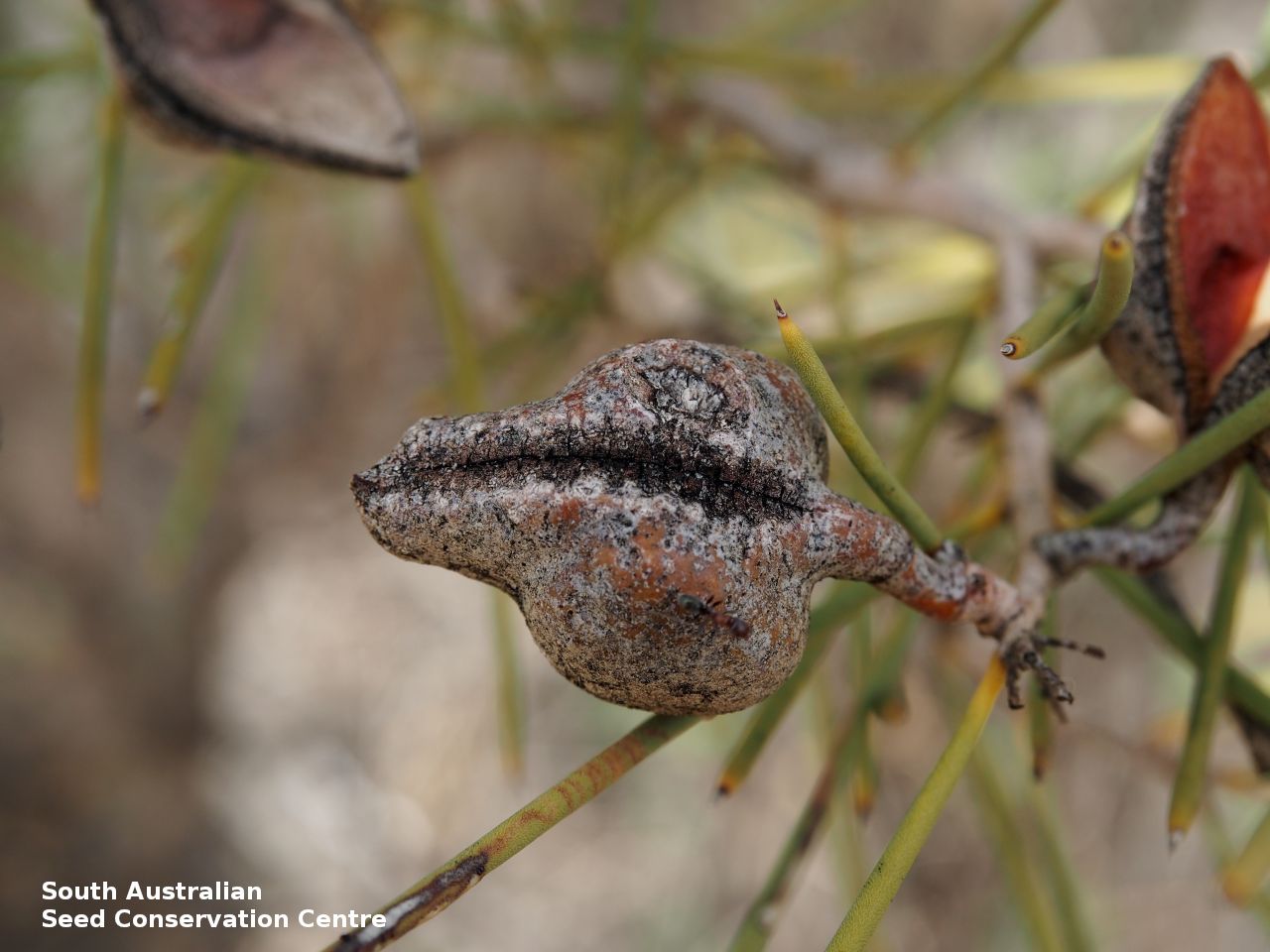
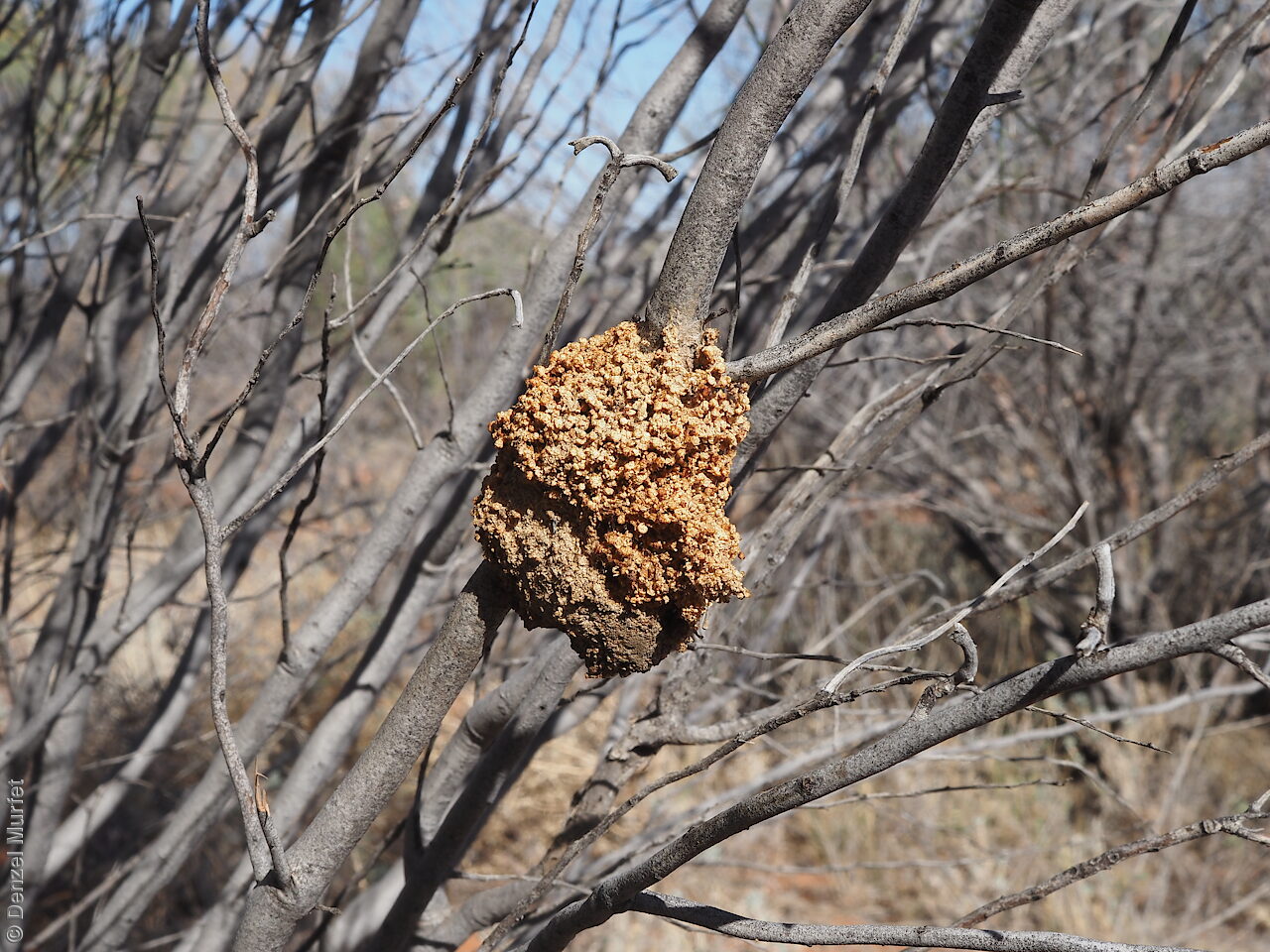
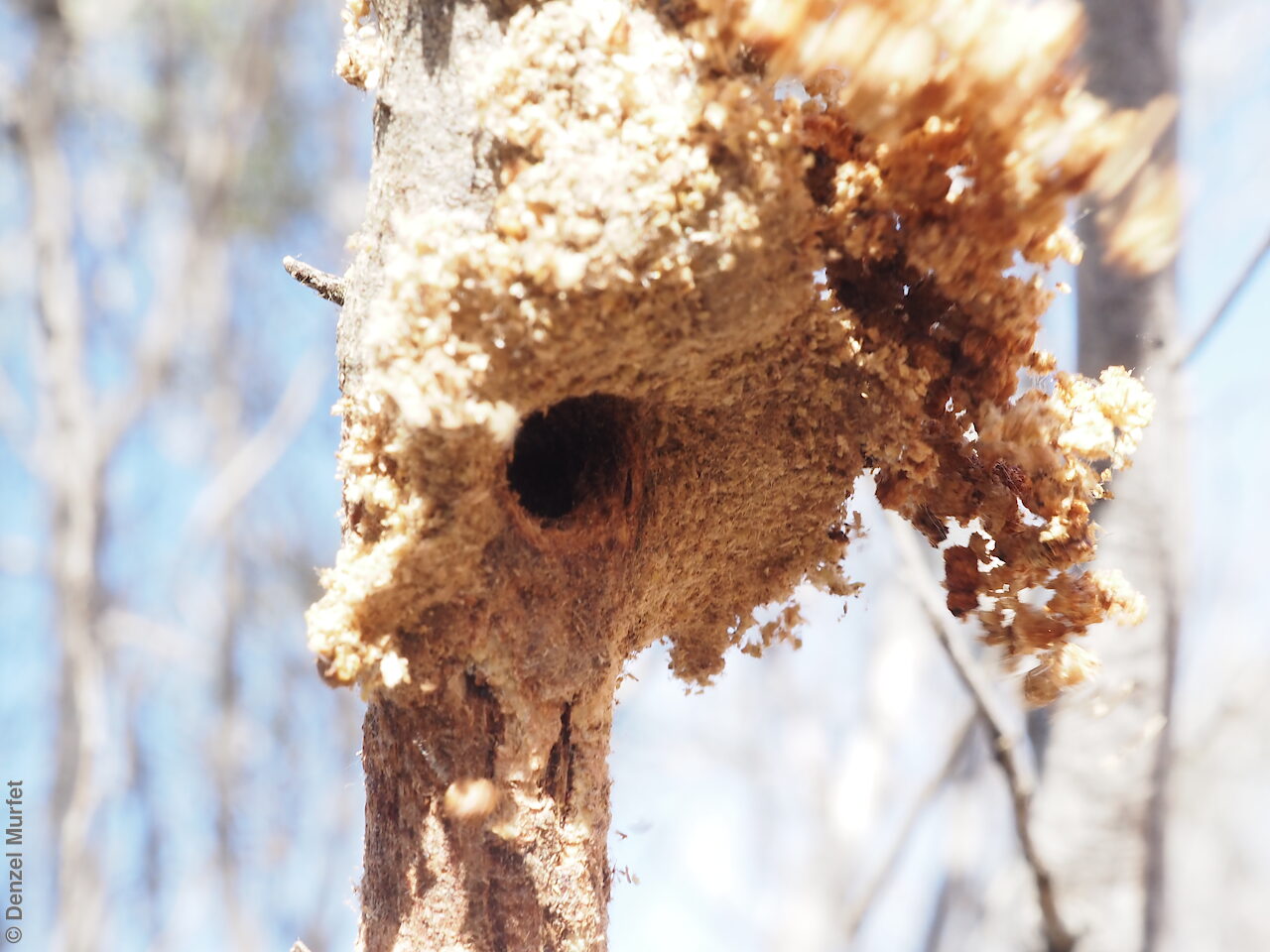
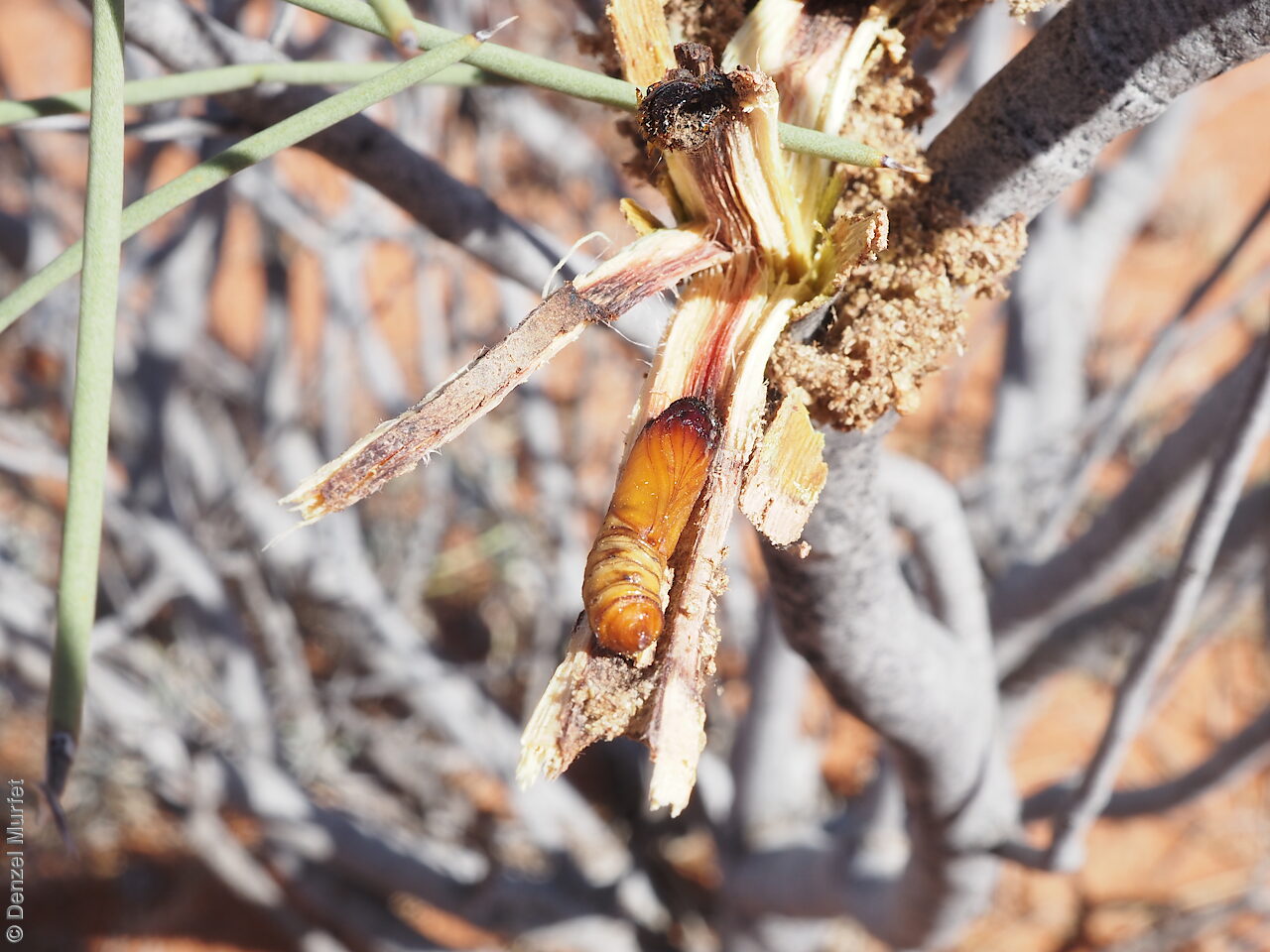
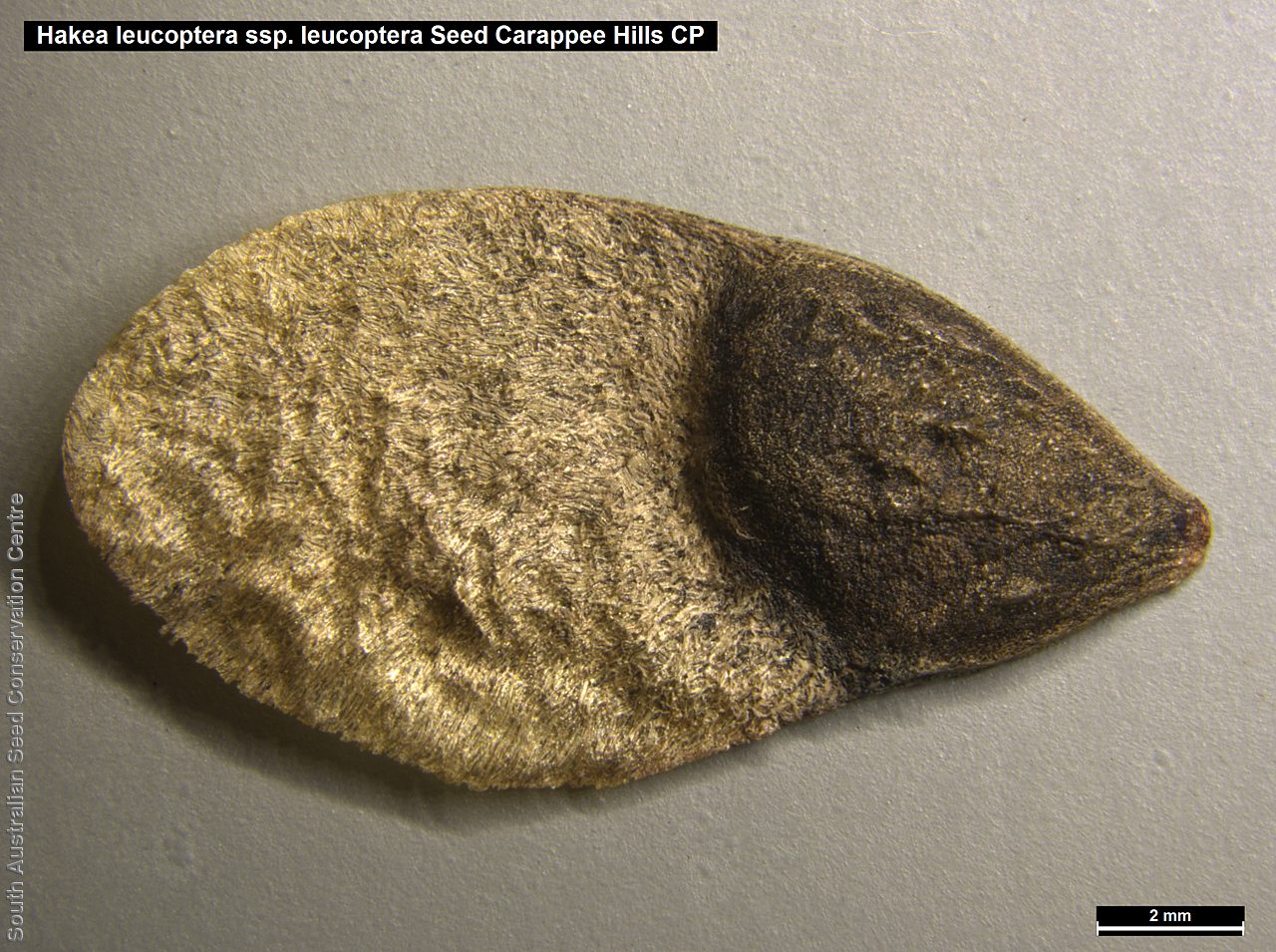
Regional Species Conservation Assessments per IBRA subregion.

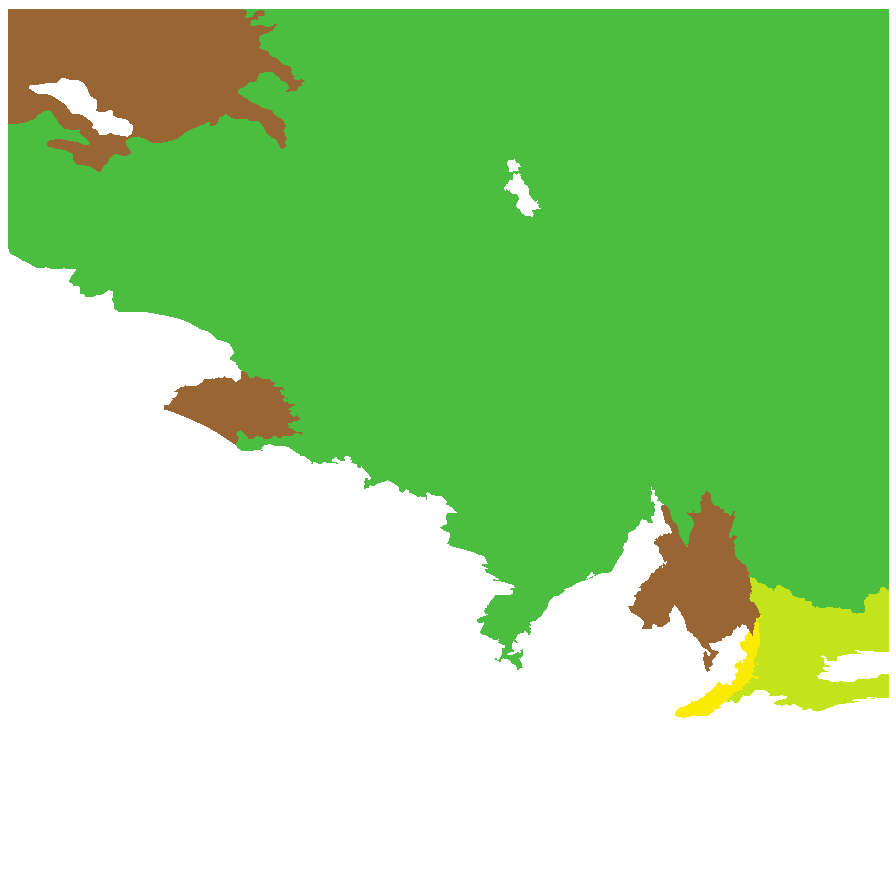
Least concern
Near threatened
Rare
Vulnerable
Endangered
Critically endangered
Extinct
Data deficient
Adelaide
Arkaroola
Ceduna
Coober Pedy
Hawker
Innamincka
Marla
Marree
Mount Gambier
Oodnadatta
Renmark
Wudinna
Keith
Yunta
Display IBRA region text
| Fleurieu (KAN02) | Kanmantoo | Vulnerable (IUCN: VU D1+2) [edge of range, only known from 1 location near Towita] |
| Broughton (FLB02) | Flinders Lofty Block | Rare (IUCN: RA d(ii)) |
| Olary Spur (FLB03) | | Least Concern |
| Southern Flinders (FLB04) | | Least Concern |
| Northern Flinders (FLB05) | | Least Concern |
| Central Flinders (FLB06) | | Least Concern |
| St Vincent (EYB02) | Eyre Yorke Block | Rare (IUCN: RA d(ii)) [clonal, missing records?] |
| Eyre Hills (EYB03) | | Least Concern |
| Eyre Mallee (EYB05) | | Least Concern |
| South Olary Plain (MDD01) | Murray Darling Depression | Least Concern |
| Murray Mallee (MDD02) | | Near Threatened (Probable Decline) |
| Braemer (MDD07) | | Least Concern |
| Murray Scroll Belt (RIV06) | Riverina | Near Threatened (Probable Decline) |
| Myall Plains (GAW01) | Gawler | Least Concern |
| Gawler Volcanics (GAW02) | | Least Concern |
| Gawler Lakes (GAW03) | | Least Concern |
| Arcoona Plateau (GAW04) | | Least Concern |
| Kingoonya (GAW05) | | Least Concern |
| Torrens (GAW06) | | Least Concern |
| Roxby (GAW07) | | Least Concern |
| Commonwealth Hill (GAW08) | | Least Concern |
| Maralinga (GVD03) | Great Victoria Desert | Least Concern |
| Kintore (GVD04) | | Rare (IUCN: RA d(i,ii)) |
| Tallaringa (GVD05) | | Least Concern |
| Yellabinna (GVD06) | | Least Concern |
| Yalata (NUL03) | Nullarbor | Rare (IUCN: RA d(i,ii)) |
| Barrier Range (BHC01) | Broken Hill Complex | Least Concern |
| Barrier Range Outwash (BHC04) | | Least Concern |
| Bimbowrie (BHC05) | | Least Concern |
| Curnamona (BHC06) | | Least Concern |
| Simpson Desert (SSD02) | Simpson Strzelecki Dunefields | Least Concern |
| Dieri (SSD03) | | Least Concern |
| Warriner (SSD04) | | Least Concern |
| Strzelecki Desert (SSD05) | | Least Concern |
| Breakaways (STP01) | Stony Plains | Least Concern |
| Oodnadatta (STP02) | | Least Concern |
| Murnpeowie (STP03) | | Least Concern |
| Macumba (STP05) | | Least Concern |
| Witjira (STP06) | | Least Concern |
| Baltana (STP07) | | Least Concern |
| Sturt Stony Desert (CHC02) | Channel Country | Least Concern |
| Diamantina-Eyre (CHC04) | | Least Concern |
| Coongie (CHC06) | | Least Concern |
| Lake Pure (CHC07) | | Least Concern |
| Mann-Musgrave Block (CER01) | Central Ranges | Rare (IUCN: RA d(i,ii)) |
| Everard Block (CER03) | | Least Concern |
| Tieyon (FIN03) | Finke | Least Concern |
| Pedirka (FIN04) | | Least Concern |
| Fleurieu (KAN02) | Kanmantoo | Vulnerable (IUCN: VU D1+2) [edge of range, only known from 1 location near Towita] |
| 5 of 6 subregions | Flinders Lofty Block | Least Concern , Rare |
| 3 of 5 subregions | Eyre Yorke Block | Least Concern , Rare |
| 3 of 6 subregions | Murray Darling Depression | Least Concern , Near Threatened |
| Murray Scroll Belt (RIV06) | Riverina | Near Threatened (Probable Decline) |
| 8 of 8 subregions | Gawler | Least Concern |
| 4 of 4 subregions | Great Victoria Desert | Least Concern , Rare |
| Yalata (NUL03) | Nullarbor | Rare (IUCN: RA d(i,ii)) |
| 4 of 4 subregions | Broken Hill Complex | Least Concern |
| 4 of 4 subregions | Simpson Strzelecki Dunefields | Least Concern |
| 6 of 7 subregions | Stony Plains | Least Concern |
| 4 of 4 subregions | Channel Country | Least Concern |
| 2 of 3 subregions | Central Ranges | Least Concern , Rare |
| 2 of 2 subregions | Finke | Least Concern |
Prior names
Hakea virgata
Hakea stricta
Hakea leucoptera var. kippistiana
Hakea kippistiana
Hakea florigera
Common names
Needle Hakea
Silver Needlewood
Needle Bush
Etymology
Hakea, named after Baron Christian Ludwig von Hake (1745-1818), a German horticulturalist and patron of botany. Leucoptera, from the Greek 'leucos', meaning white and 'ptero', meaning wing, referring to the pale wing on the seed of this species.
Distribution and status
Found in central and northern South Australia, growing in a wide range of shrublands and woodlands on sandy to clay soil. Also found in all mainland States except Western Australia. Native. Common in South Australia. Common in the other States.
Herbarium regions: North Western, Lake Eyre, Nullarbor, Gairdner-Torrens, Flinders Ranges, Eastern, Eyre Peninsula, Northern Lofty, Murray, Yorke Peninsula, Southern Lofty
NRM regions: Adelaide and Mount Lofty Ranges, Alinytjara Wilurara, Eyre Peninsula, Northern and Yorke, South Australian Arid Lands, South Australian Murray-Darling Basin
AVH map: SA distribution map (external link)
Plant description
Small shrub or tree to 8 m high with hairy branchlets. Leaves terete, not grooved; to 100 mm long and 2 mm wide; white hairs, pungent tips. Inflorescence clusters with 18�45 white to yellow flowers. The two subspecies differ from each other only in the nature of the hairs of the inflorescence stalk (rachis), those of H. leucoptera ssp. leucoptera being white woolly-pubescent (raised), while those of H. leucoptera ssp. sericepes are shining white or brown and appressed (not raised). Flowering between October and December. Fruits are brown woody ovoid fruit to 32 mm long and 20 mm wide, with a broad pointed tip. Fruit splits into two to reveal two seeds. Seed embryo type is investing.
Seed collection and propagation
Collect seeds between January and March. Collect mature woody fruit that are hard, brown and not split. These will contain seeds. Place the woody fruit in a tray and leave to dry until it split open. Place the dried fruit in a bucket and shake to dislodge the seeds from the valves. Separate the seeds from the fruit and store the seeds with a desiccant such as dried silica beads or dry rice, in an air tight container in a cool and dry place. Seeds are non-dormant, viable seed should germinate readily without pre-treatment.















